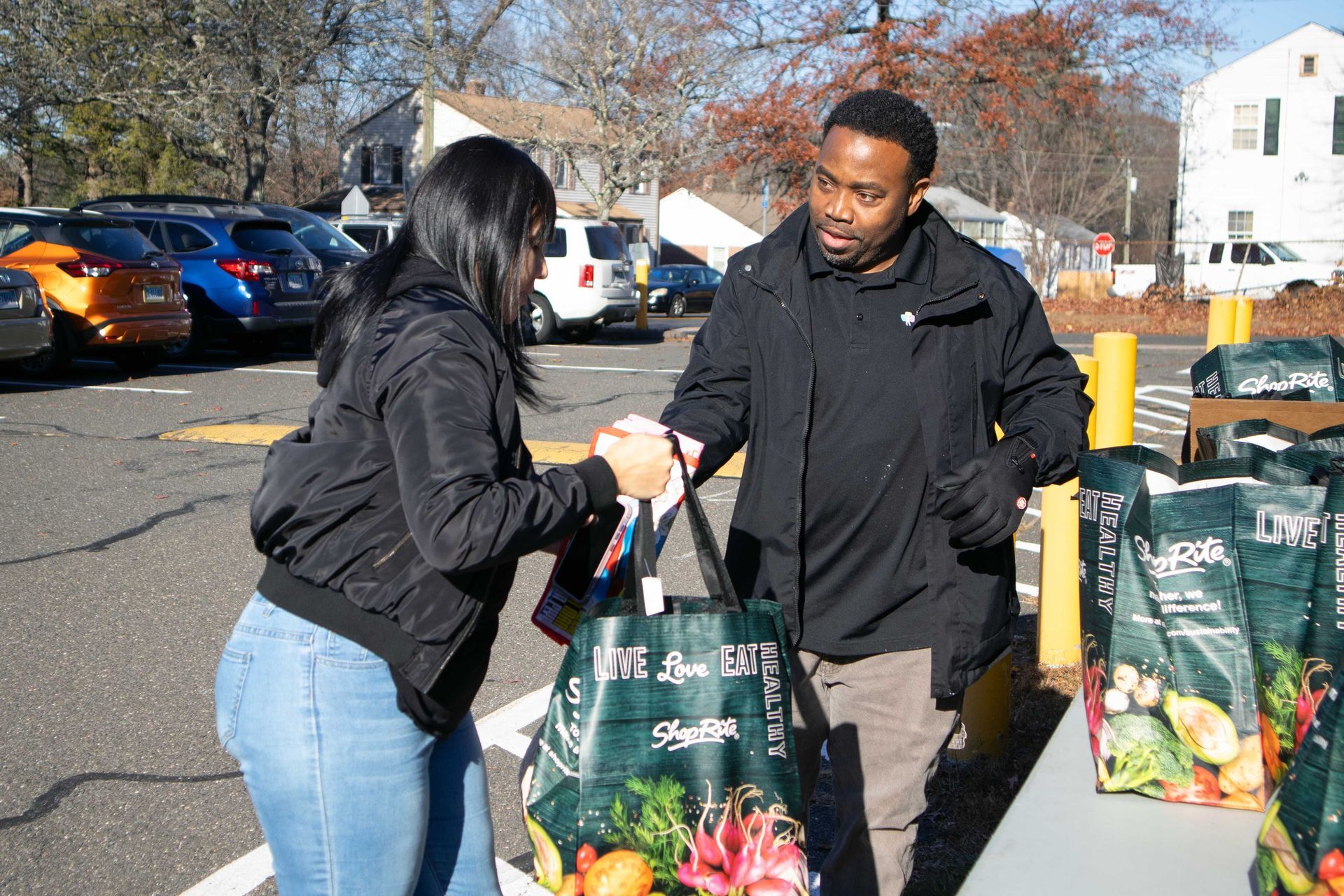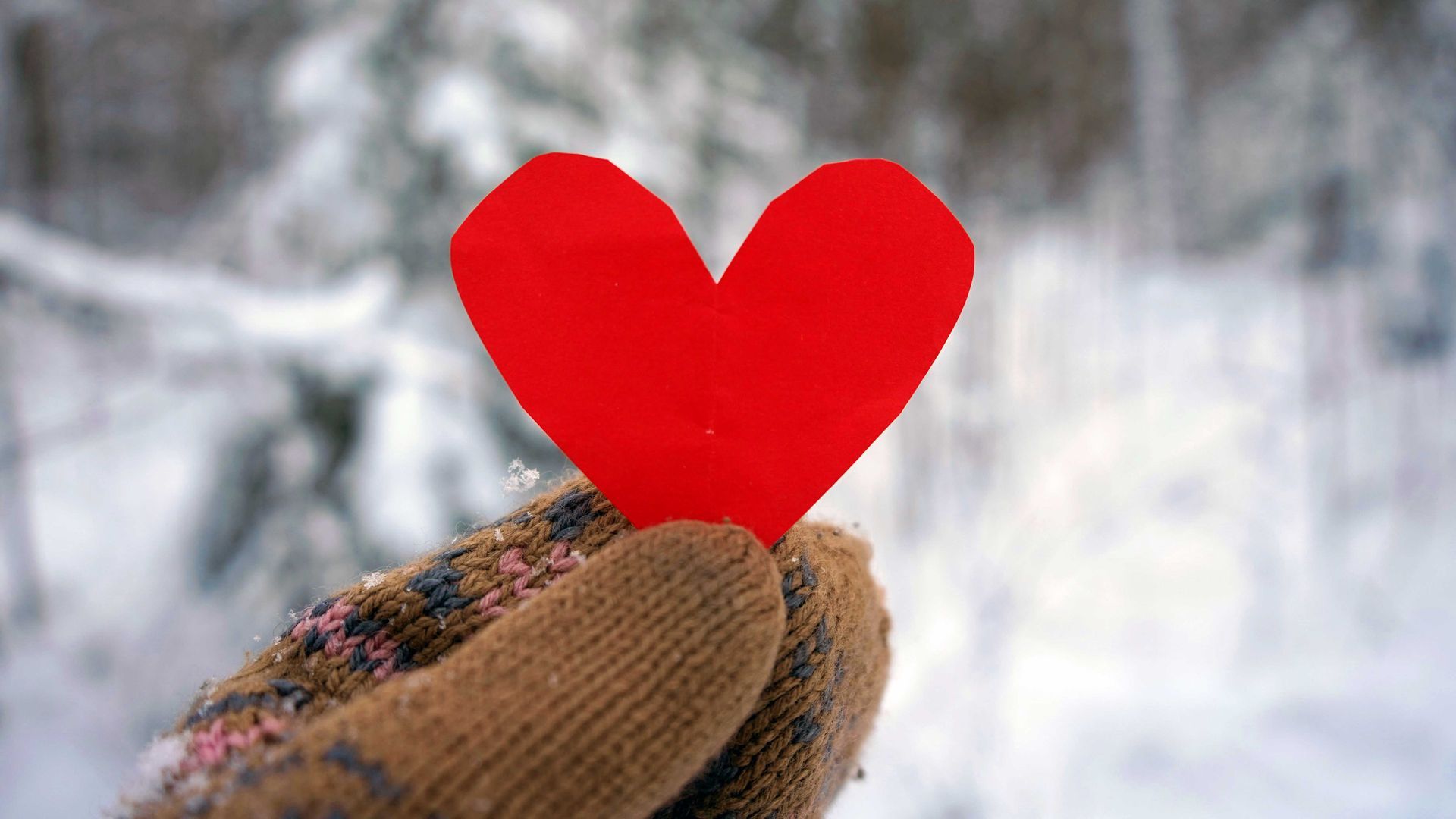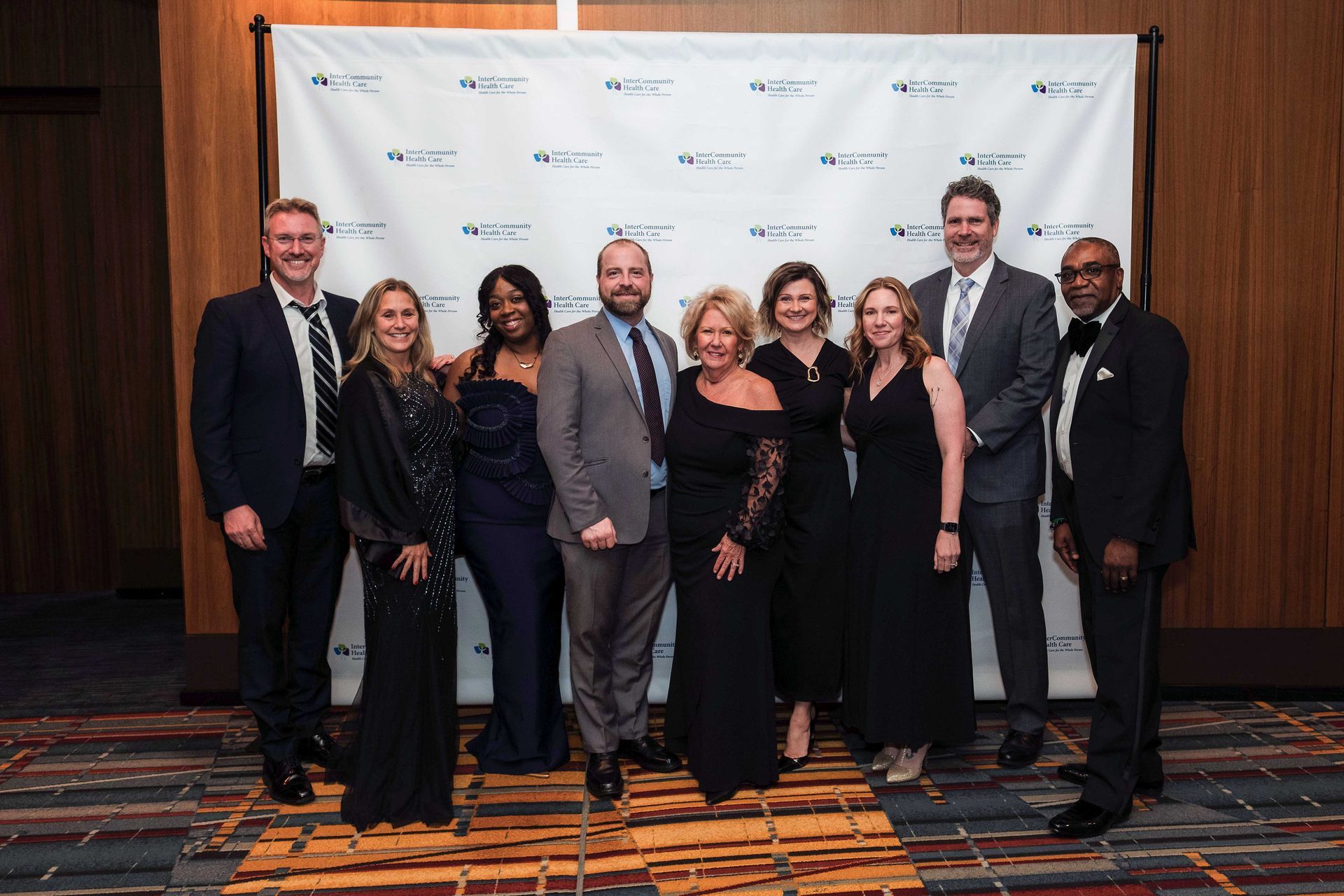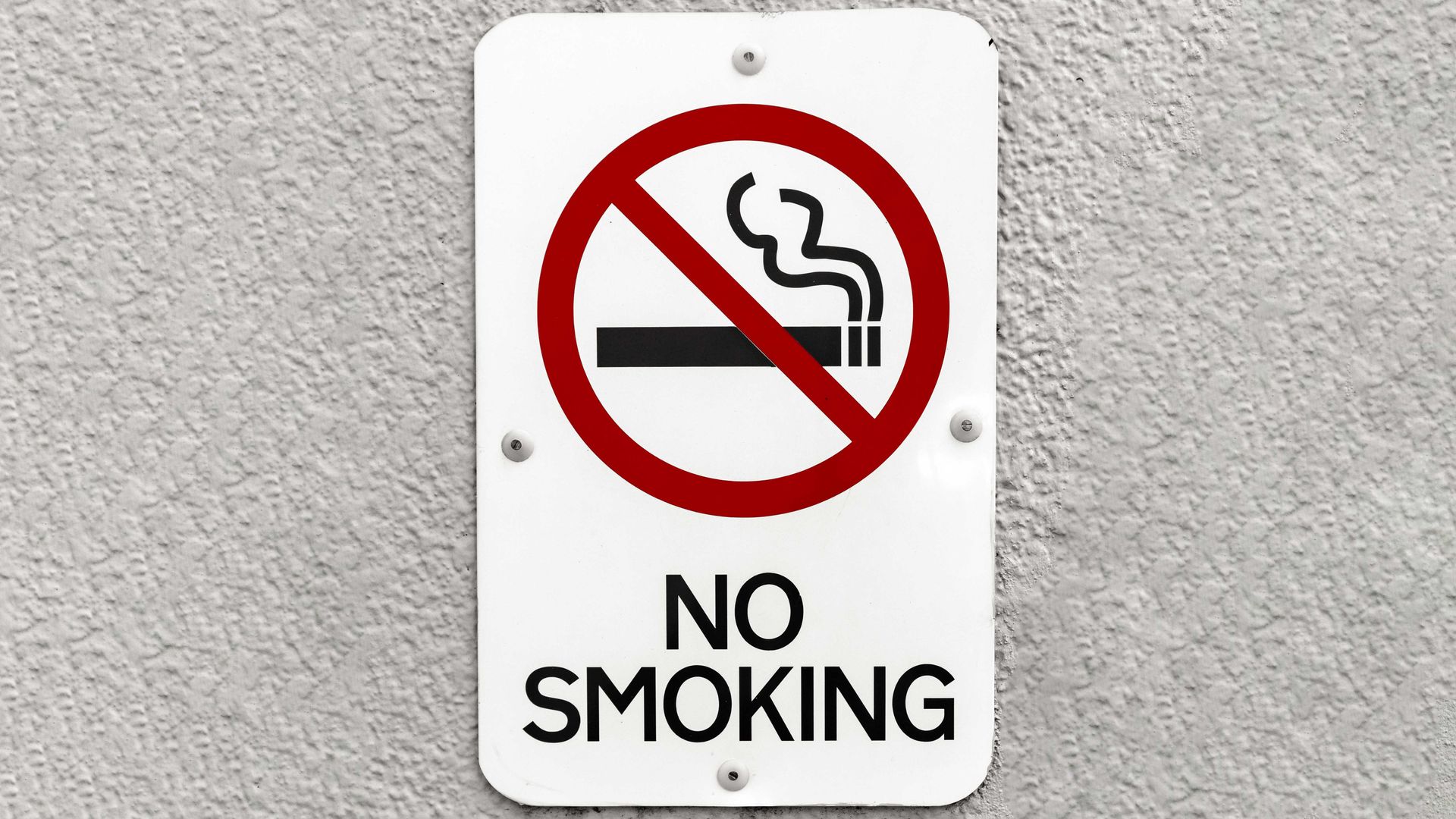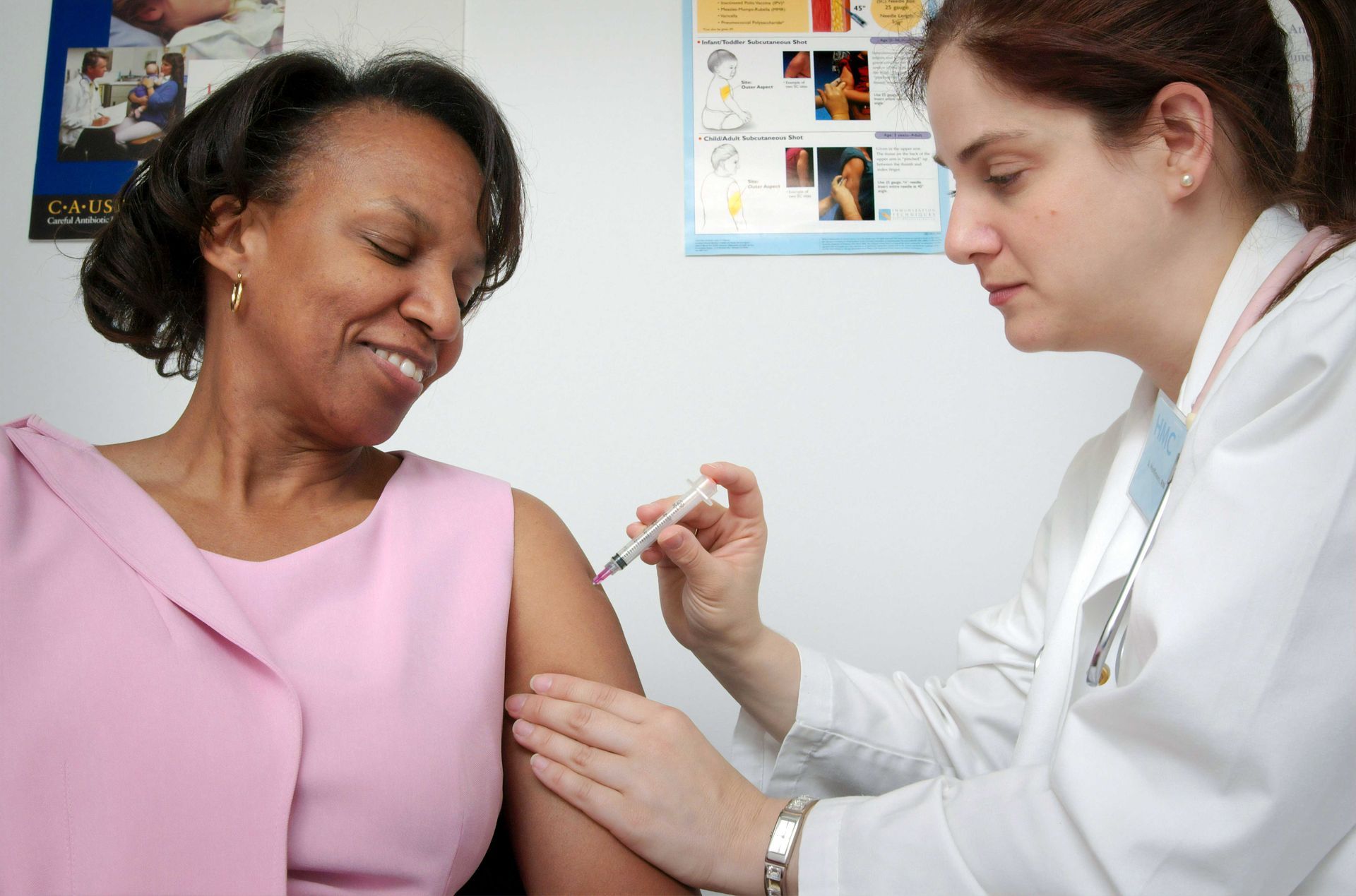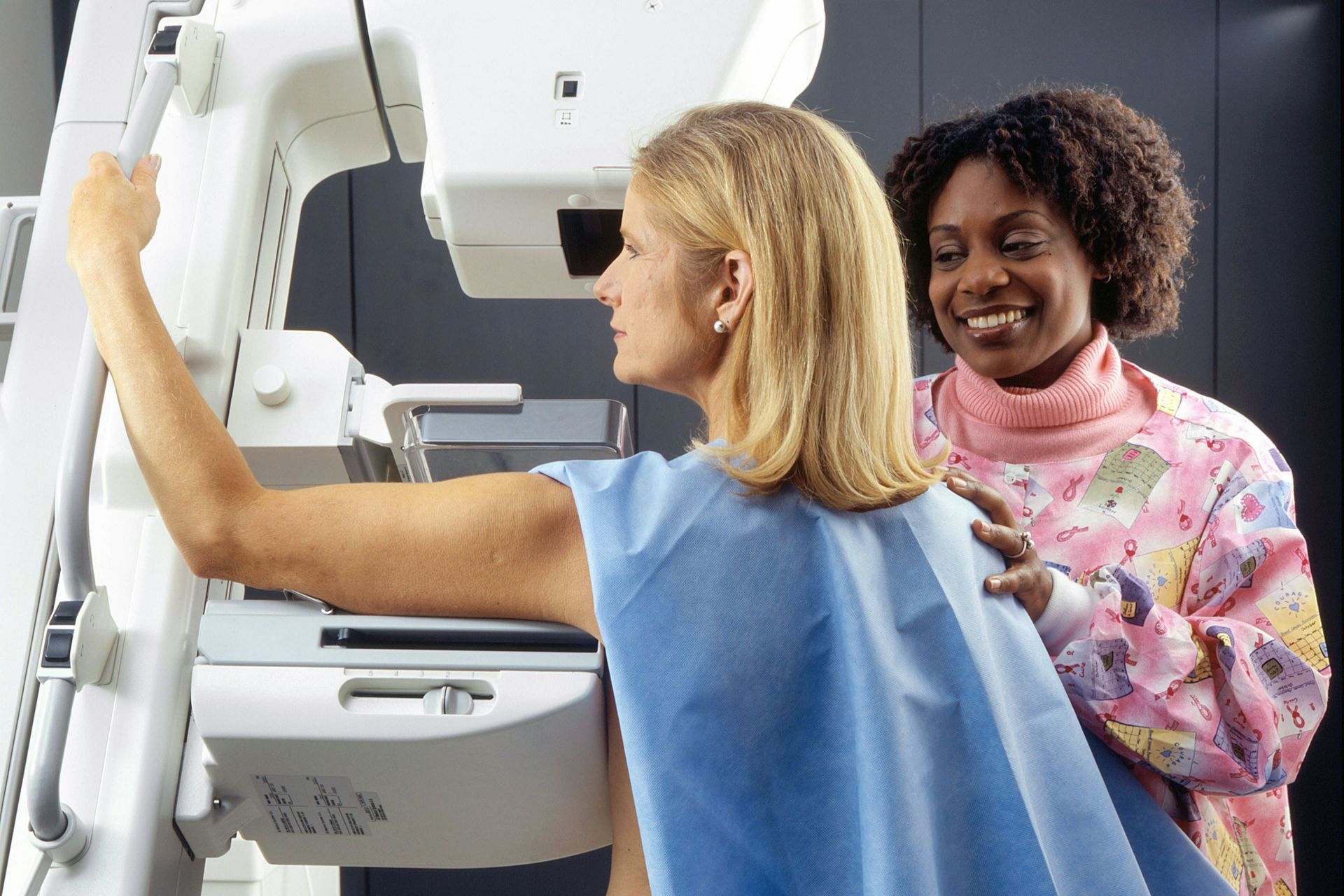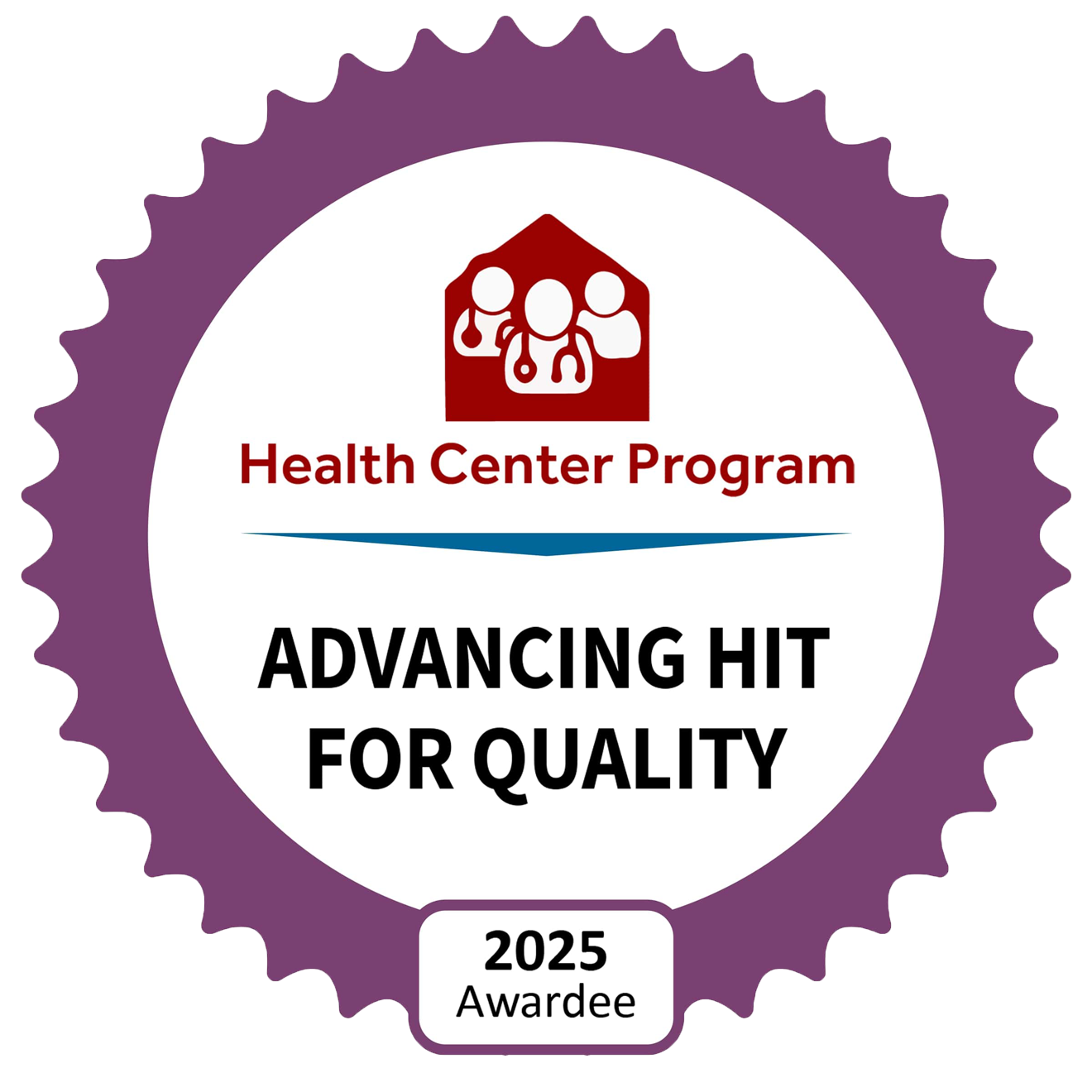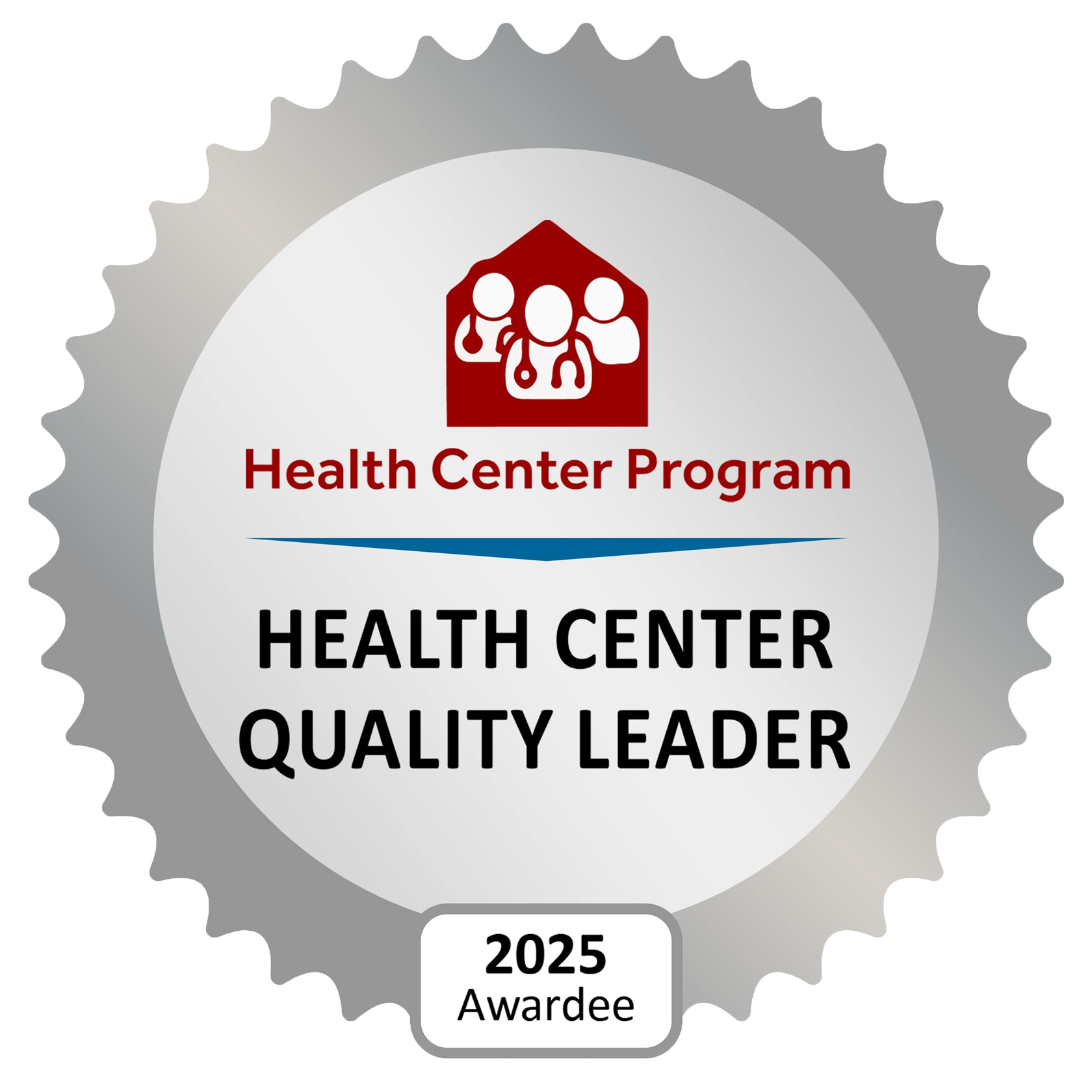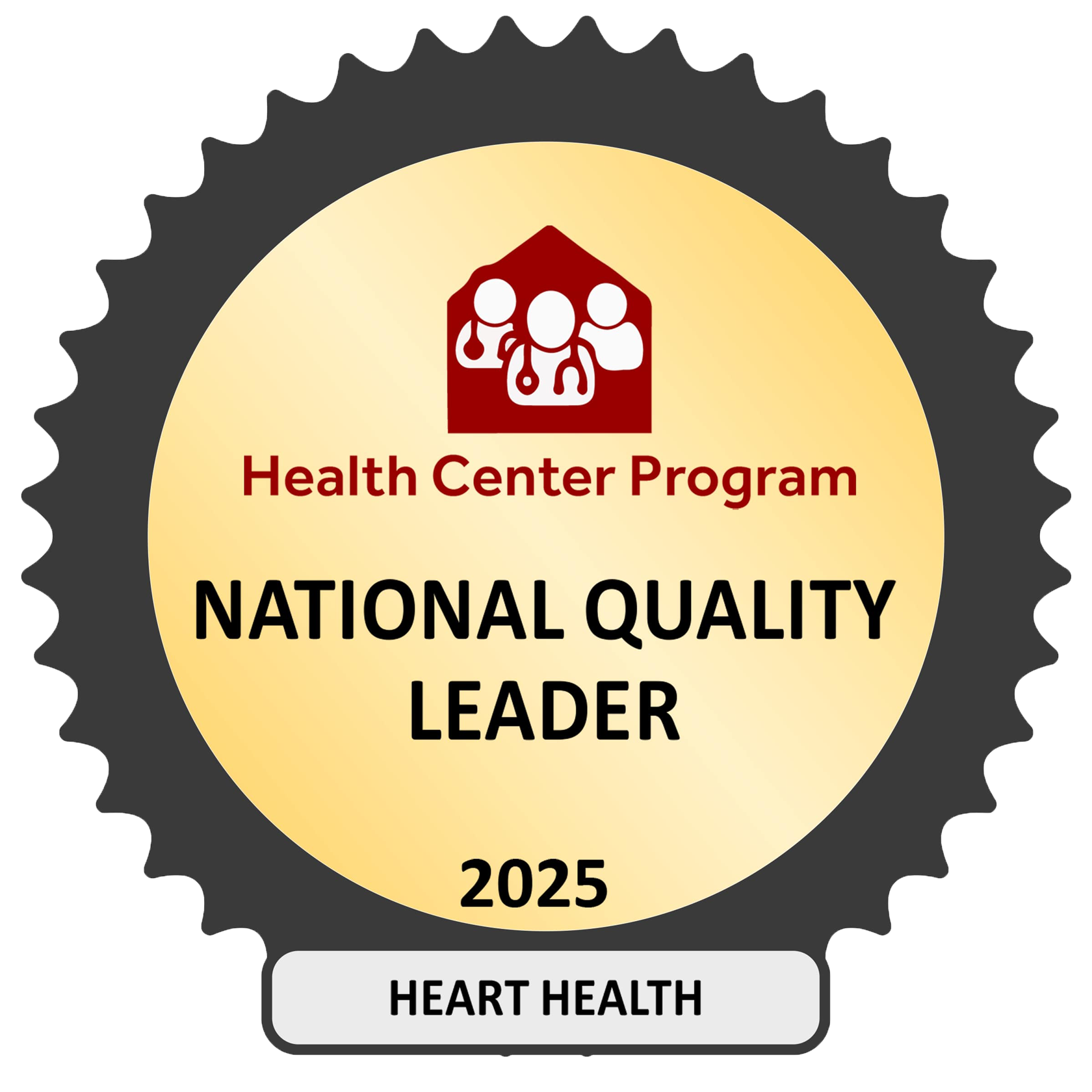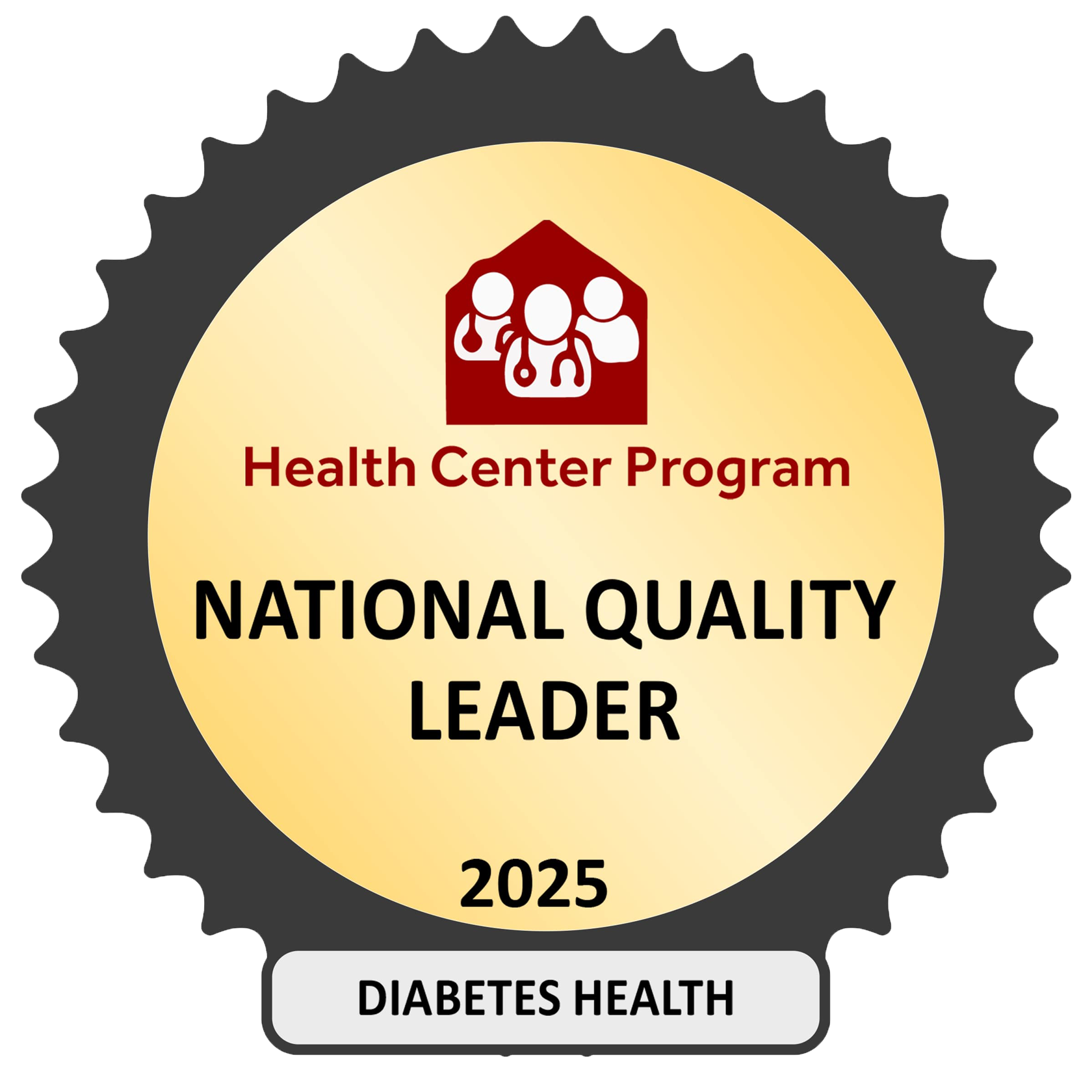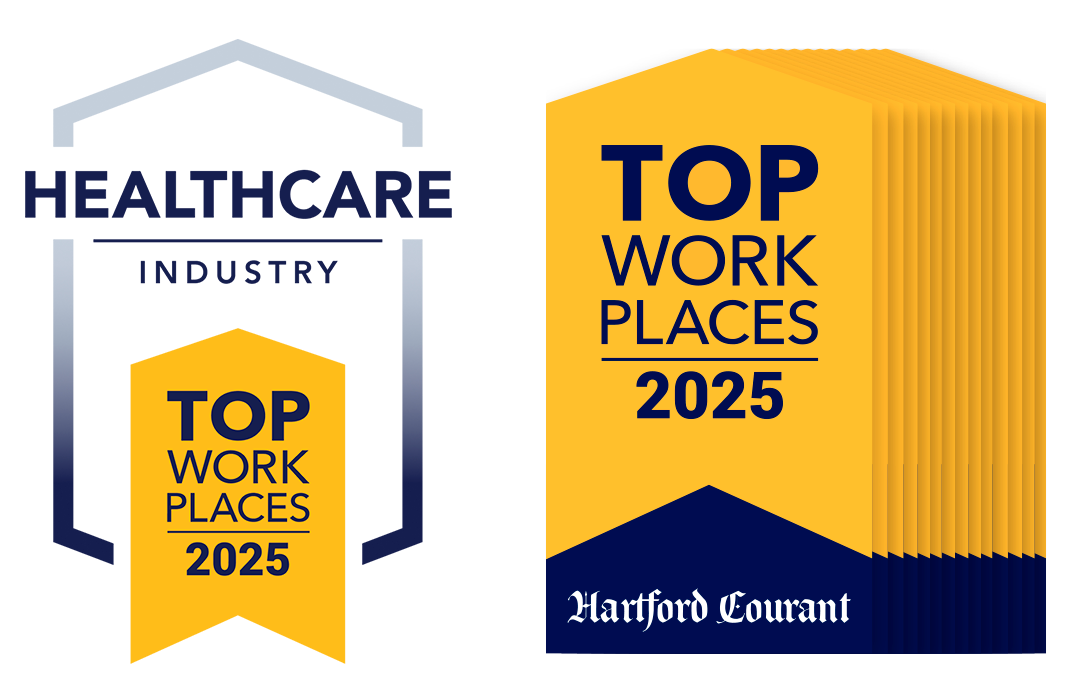December 19, 2025
On December 18, InterCommunity was honored to once again partner with Steven’s Stockings for a day rooted in compassion, dignity, and hope. Backpacks filled with self-care essentials, warm clothing, and recreational items were distributed to InterCommunity clients and community members impacted by mental illness, addiction, or homelessness—small gestures with a powerful message: you are seen, you are valued, and you are not alone. Steven’s Stockings was created in memory of Steven Sienkiewicz, whose life was shaped by both addiction and progressive mental illness. Steven believed deeply that everyone deserves a second chance—or a third, or a tenth—whatever it takes. Though he is no longer here to build the safe, welcoming space he dreamed of, his spirit lives on through this program. Each backpack shared on December 18 carried not only essential items, but also acknowledgement, acceptance, and emotional support—the heart of Steven’s vision and the mission of Steven’s Stockings. The relationship between Steven’s Stockings and InterCommunity began unexpectedly on Christmas Eve in 2016. After delivering gifts to shelters across Hartford, the Steven’s Stockings team found themselves with remaining backpacks and no destination. A family connection led them to Coventry House, one of InterCommunity’s recovery programs. When they knocked on the door, they were met with warmth, gratitude, and open arms. What began as a spontaneous stop became the start of a deeply meaningful partnership—one that has grown stronger each year. “InterCommunity holds a very special place in our hearts. From that first unexpected visit years ago, we felt an immediate sense of warmth, respect, and shared purpose," said Marie Sienkiewicz, President of Steven's Stockings. "Each December, when we return, we are reminded that recovery is built on connection, compassion, and believing in people—exactly the values Steven carried with him and that InterCommunity lives every day.” Since that first visit, Steven’s Stockings has returned annually to InterCommunity, delivering backpacks to clients at every stage of recovery. Beyond the items themselves, the December gatherings have become moments of connection—opportunities to meet clients and staff, share Steven’s story, and honor the strength and courage it takes to keep moving forward on the path to recovery. This year’s December 18 distribution was a powerful reminder of what is possible when compassion meets community. Through Steven’s Stockings, InterCommunity clients were reminded that their journeys matter, their resilience is recognized, and their future is worth investing in. Together, InterCommunity and Steven’s Stockings continue to carry Steven’s legacy forward—one backpack, one conversation, and one moment of hope at a time.

